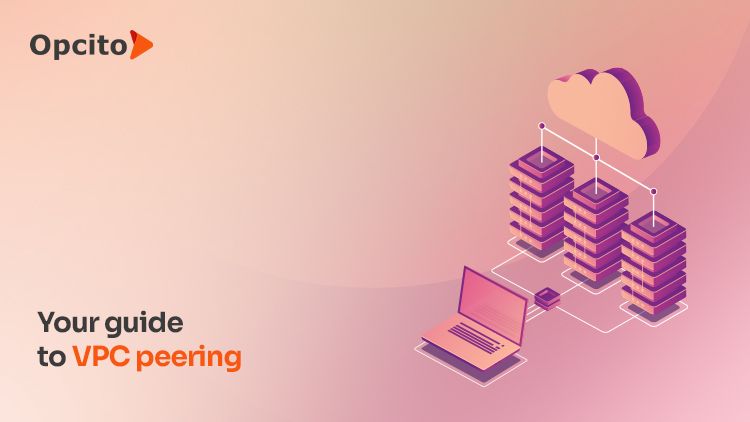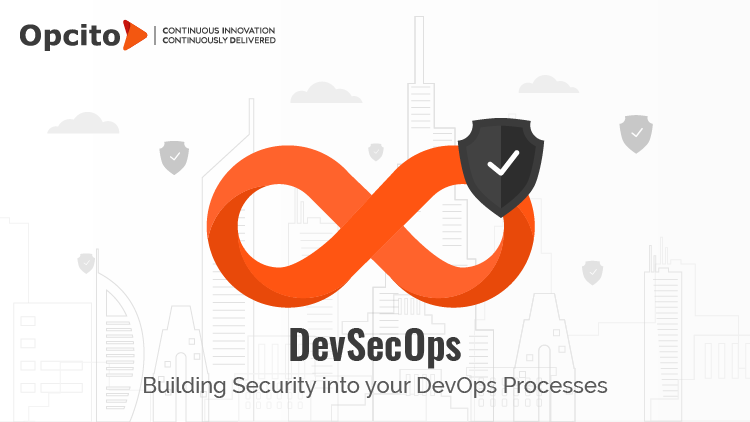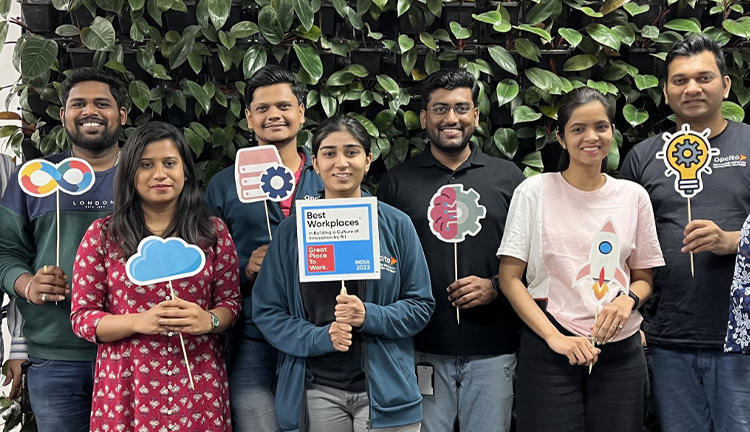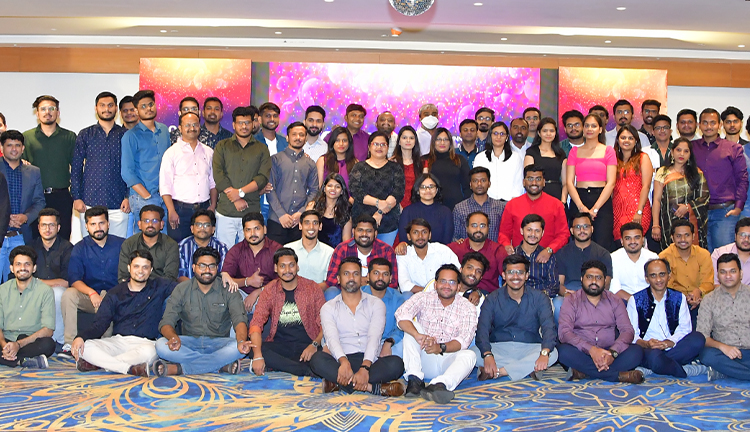Accelerating digital transformation with no-code
The business landscape is transforming rapidly, thanks to accelerated development processes and advanced applications. This transformation has played a significant role for organizations by streamlining services, achieving high productivity, and maximizing revenues. Not only this, but this shift has drastically changed the competitive landscape, and not all organizations are able to cope with this changing landscape. It is essential for them to re-work and adapt to the continuously changing markets in the fast-paced digital world. These changing markets have imposed the need for more and more applications and software. And believe me; it is going to be impossible for your IT teams to fulfill these demands. Organizations need to understand the market and accordingly change the business process to meet these demands.
Most of this adaptation focuses on speed and agility in the development approach in the software domain. Let me explain that to you with an elementary example of data entry processes in any organization. Simple work like data entry can, at times, become very tiresome if we don't adopt the transformation process. Then, it may lead to many errors when done manually. Excel, on the other hand, facilitates the data upload. But at the same time, it isn't easy to maintain accuracy in Excel, and it won't be easy for everyone to use. So, what will you do? You can create an application that will automatically arrange the data for you according to defined fields. But again, if you need to code the application, then what's the point? And this is precisely where no-code comes into the picture. With no-code, you can create an application only by drag and drop of required components. All you need is an understanding of the logic behind the application you want to build. Automation will replace most of the manual labor involved in the data entry process, which will add speed and efficiency.
So, what exactly is no-code?
If you want to create applications but have very little knowledge of coding or don't want to code, then a no-code platform is for you. Many organizations that are not purely into an application development or are not very sound when it comes to technology can quickly build their complete application with no-code. You can develop and deploy web and mobile apps without even writing a single line of code with no-code. All you need to do is define the flow and logic behind the application, build a layout, drag & drop the components required, and you are good to go. A no-code platform is a perfect choice for small businesses that cannot hire developers or do not want to outsource their development due to budget constraints. The workforce from different departments, usually non-programming, can quickly fulfill the faster application delivery requirements and develop applications by themselves.
How-no code software development is useful?
Let's find out how no-code development helps speed up the delivery process and, in turn, in digital transformation.
- Reduced design times: Traditional coding takes a lot of time and is a long process. A project usually requires thousands of code lines followed by testing, which is a long process. The most critical decision to make is regarding the language choice for writing the program. The next important step is code writing. And let's not get into the code errors, one single colon or click here and there, and numerous complicated code lines appear.
The no-code software speeds up the planning and preparation stage. It becomes easy for software developers to go through the numerous lines of codes in a short period when they use no-code platforms. And if you talk about errors, the probability of compiler error reduces to a great extent with these platforms.
- Reduced implementation issues: It is common for us to spend much time resolving implementation problems while building an application. There are many issues faced by the IT teams, like programs don't respond as required, questions related to hardware's communication, and then there are a specific set of users who find it challenging to grasp the complex procedures during application creation.
Keeping all the above-mentioned problems in mind, no-code can significantly increase the team's productivity, especially the IT team. Most of the no-code platforms are intelligent enough and have a predictive feature that can determine the areas where an implementation issue may occur and take care of them even before they occur.
- Bolstered security and reduced risks: No-code platforms are designed by following security best practices. Before the no-code platforms come to you, it is thoroughly tested, and a team of experts makes sure that the generated code is flawless and risk-free. It is not easy to hack into the applications built with no-code as cybersecurity is well taken care of by the platform providers.
- Increased scope for experimentation: Whenever there is a digital transformation, the central part that has a significant role is experimentation. No-code provides organizations to try out different approaches, as the time and resources required are very low. You can leverage a no-code platform, test the ideas on a small scale to identify the issues, rectify them, check for the project's efficiency, and prepare to adapt to the changes faster.
- Employee empowerment and closing in on technical skills gaps: With no-code, experts in the organization can focus on more critical activities. They can explore different avenues of business and technologies while the rest of the team works on the development. The other team members can work on the development, and with no-code, it will be easy for them to develop useful solutions. You won't have to hire an extensive IT team for development work. As a no-code platform allows organizations to recruit people who do not belong to the IT department and have very little technical knowledge. And since the development will not require much time, they can be trained to use the no-code platforms. The no-code platform indeed gives the employees a platform to think creatively and effectively to turn their ideas into solutions.
- Secured targeted outcomes, increased efficiency with less dependency on IT teams: As you all are aware by now, that no-code platform offers a point-and-click configuration that further strengthens your business users and developers to build solutions rapidly. This helps in achieving the expected requirements and specifications. It brings agility to your business and keeps it competitive too. The no-code platform can be seen as cost-efficient because it provides a solution to develop the application. And as anyone can build an application, you don't have to pressurize your IT teams to deliver applications on time. You can easily digitize and automate the processes, improve workflows, and customize applications with no-code, thereby improving overall efficiency.
- Improved organizational culture: Apart from enjoying the benefits of the product an organization builds, the no-code platform also helps take small steps toward digitization and changing the organization's culture. As the organization starts doing small changes, the focus on shared vision becomes central to everyone to improve the processes and operations. It becomes easy to collaborate by using visual models with no-code platforms. Various departments can work together as it does not require an understanding of the technical concepts, so altogether people can easily communicate and discuss their ideas related to any solution.
Innovation is not an option in the current competitive environment. It has become an integral component of every organization. With most customers becoming more digitally aligned, it is a must to improve complete operations. There is always a better option for the customers to look forward to. The competition is increasing day by day, and organizations should become more competent in coping with this increasing competition. This is why a no-code platform is a must when it comes to digital transformation. It brings various aspects of an organization to an entirely new digitization level that includes people, infrastructure, and services catered to end-users. Some of the best use cases of no code are BI reporting and dashboards, migrating legacy apps, improving operational efficiency, data management applications, and business process applications. You can leverage multiple options such as Airtable, Nintex Process Platform, Appy Pie, Salesforce Platform, AppSheet, Ninox Database, Quick Base, VINYL, Quixy, and Kintone. "Continuous innovation, continuously delivered" is Opcito's motto. And since no-code allows you to experiment, it becomes easy to innovate different approaches to build applications. Opcito can help you integrate these platforms with your existing processes and infrastructure, build quick POCs, and build applications rapidly using the no-code platforms.
Coding has been a hurdle for some of us to convert ideas into products. With all the drag & drop components and reduced time for development, I am sure no-code will take the digital transformation to another level.








